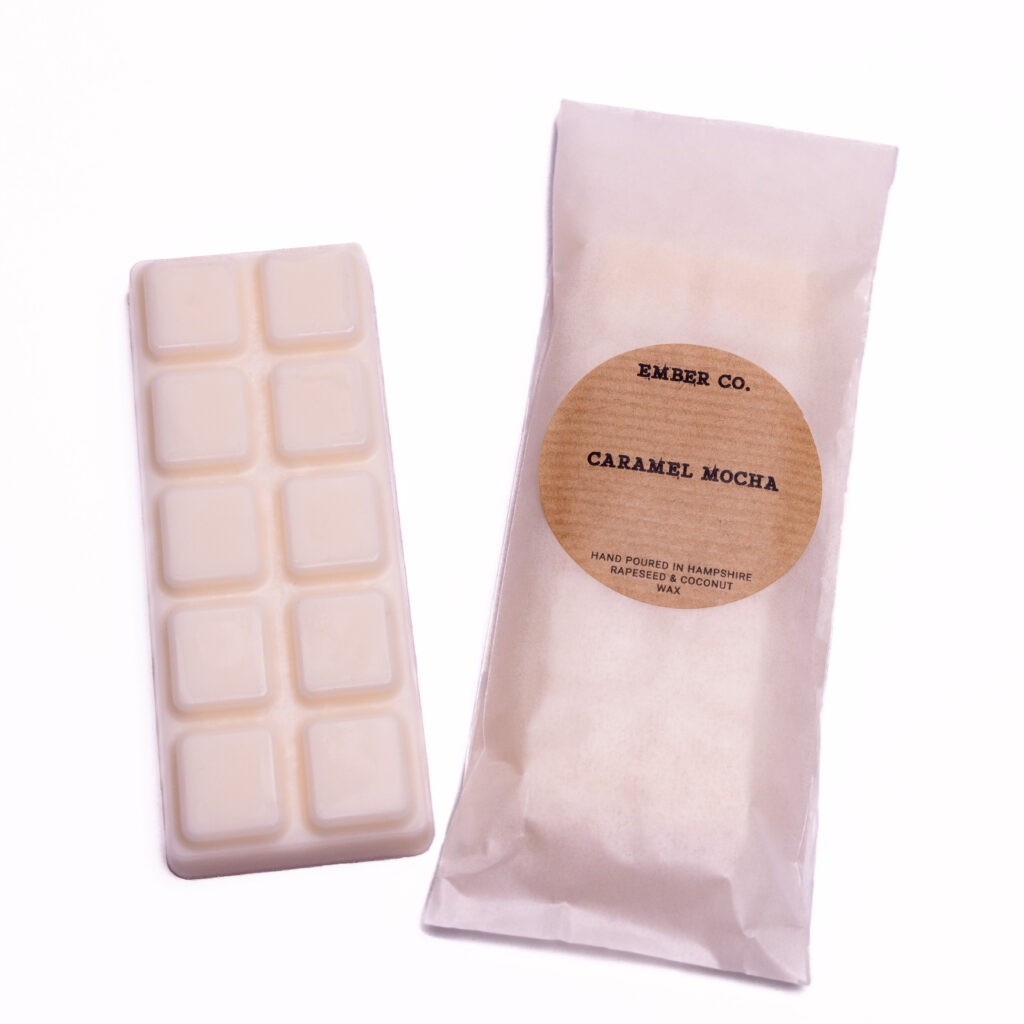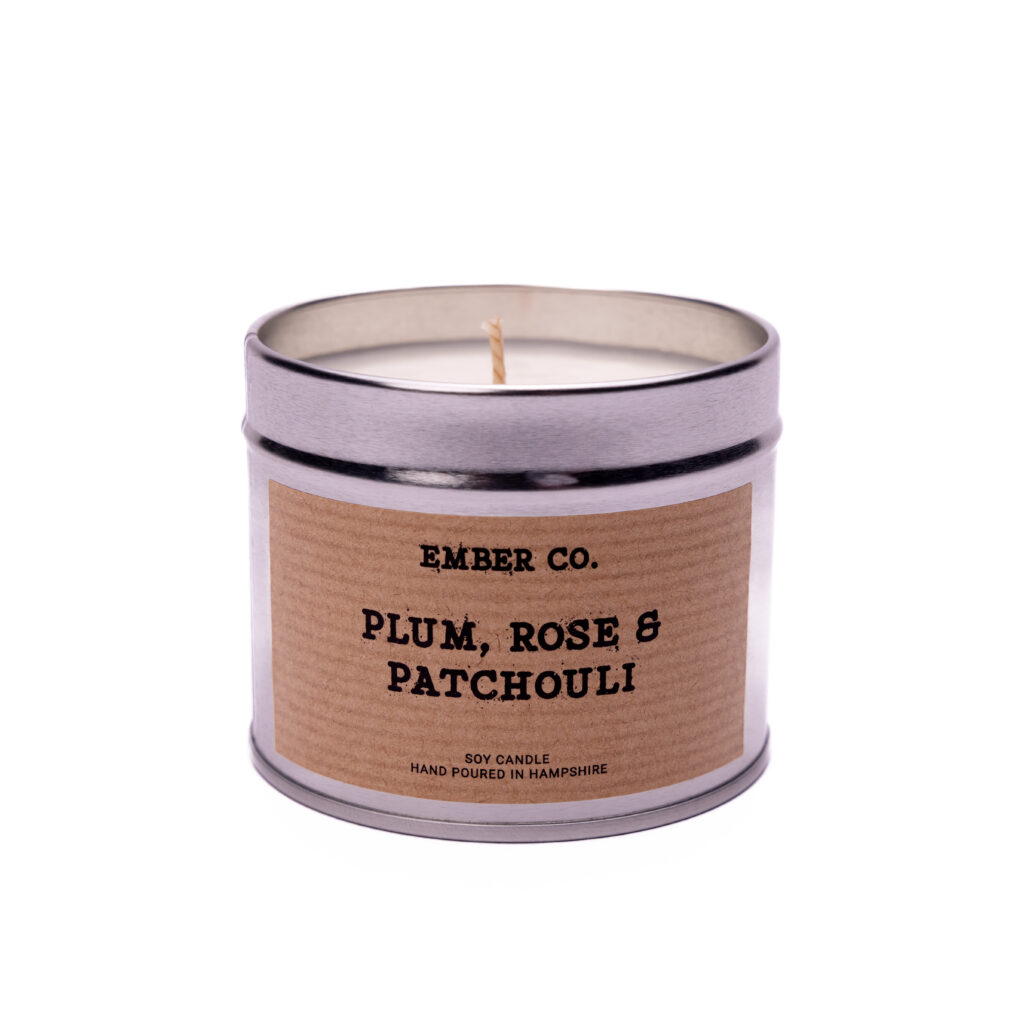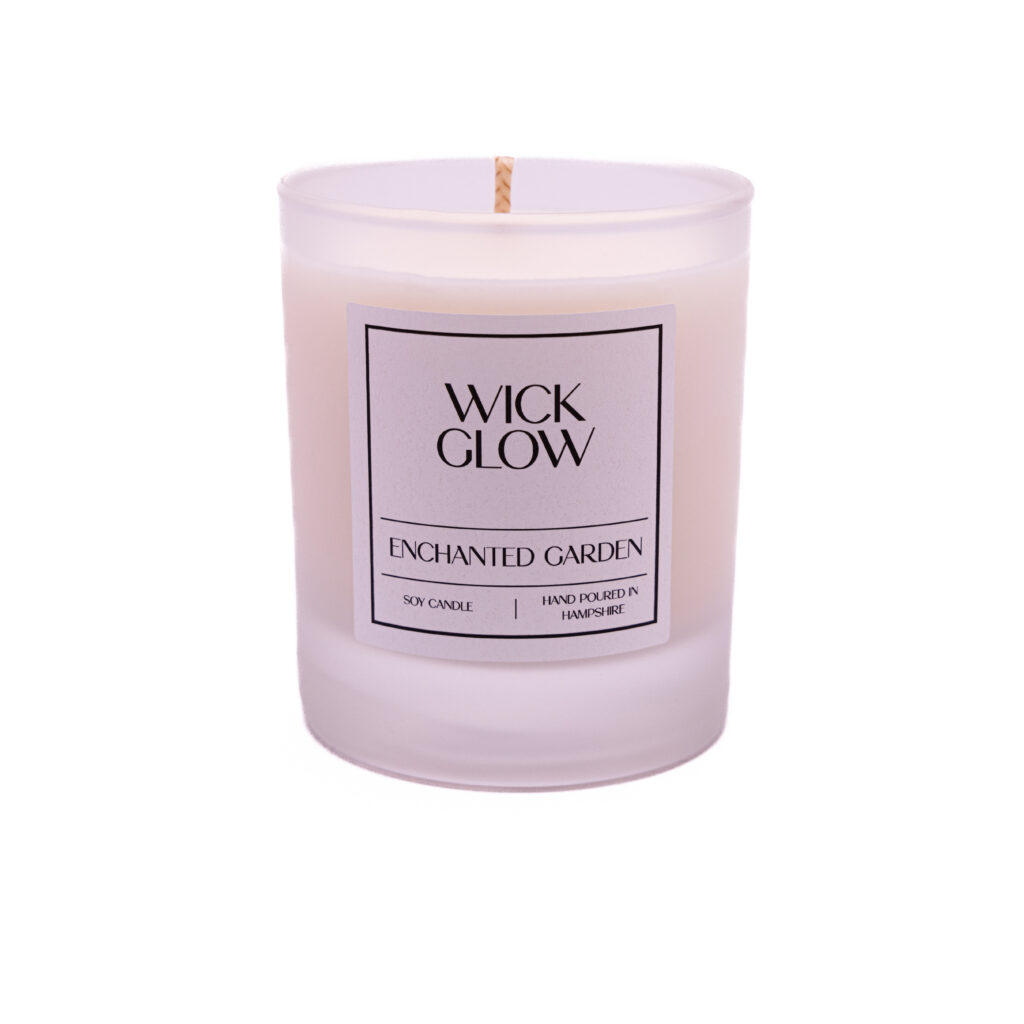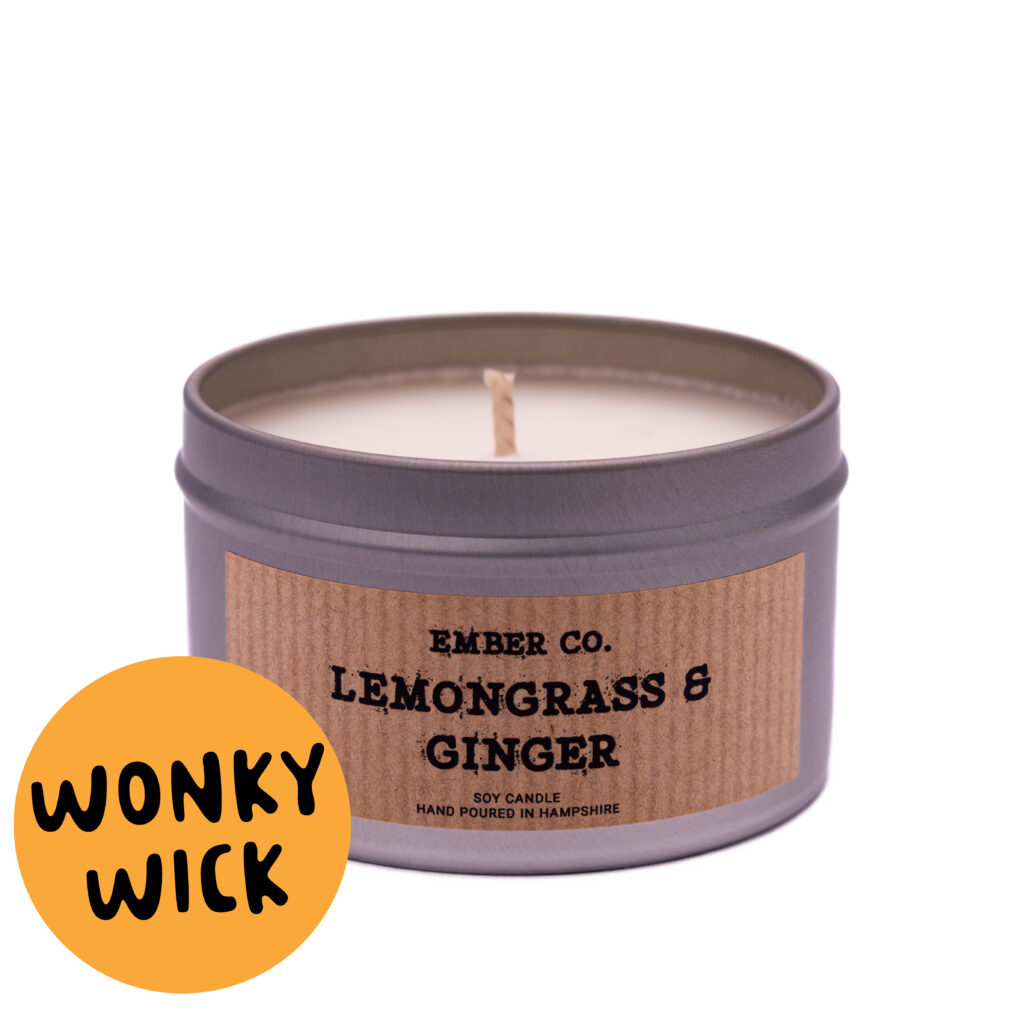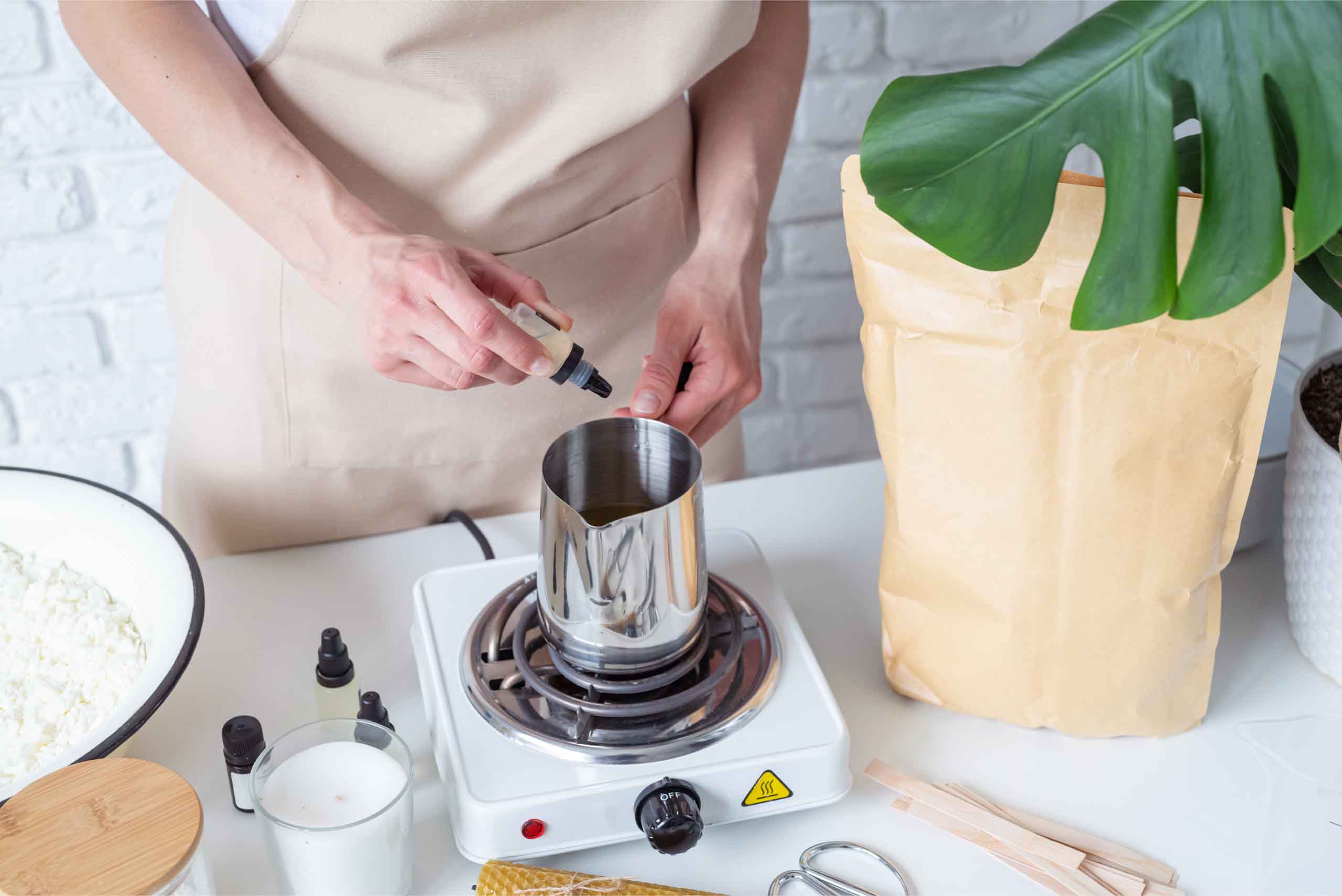Introduction
Candle making has blossomed into a beloved hobby and a lucrative business venture for many in the UK, combining creativity with craftsmanship. The allure of customising scents, colours, and shapes has drawn enthusiasts into the world of candle crafting, with the quality of the finished product greatly dependent on the materials used. This post aims to shed light on the essential candle-making supplies available in the UK, guiding both novices and seasoned artisans in crafting the perfect candle. From waxes and wicks to fragrance oils and dyes, understanding these components is key to successful candle making.
Basic Candle Making Supplies
Embarking on your candle-making journey requires a foundational set of supplies. Each component plays a crucial role in the creation of a candle, influencing its burn time, scent throw, and overall appearance. Here’s a breakdown of the essential supplies:
- Waxes: The backbone of any candle, the choice of wax can affect everything from the burn time to the scent release. Common options include soy wax, known for its clean burn and environmental friendliness; paraffin wax, prized for its excellent scent throw; beeswax, with its natural, subtle scent and longer burn time; and other specialty waxes.
- Wicks: The conduit for the flame, wicks are central to ensuring an even burn. They come in various sizes and materials, each suited to different types of candles.
- Fragrance Oils: These oils infuse candles with scent, transforming the ambiance of a space. The quality and concentration of the fragrance oil directly impact the scent throw and character of the candle.
- Dyes: Dyes personalize candles, adding a visual appeal that complements the scent. They range from liquid dyes for vibrant colours to natural options for a more muted palette.
- Containers: For container candles, the vessel is both a functional element and a piece of decor. Choices range from glass jars to metal tins, each offering a different aesthetic.
Choosing the Right Wax
The selection of wax is a pivotal decision in the candle-making process, with each type offering distinct benefits:
- Soy Wax: A popular choice for its renewable sourcing and clean burn, soy wax is ideal for container candles. It provides a long burn time and a strong scent throw with less soot production.
- Paraffin Wax: Known for its versatility and excellent scent throw, paraffin wax is widely used in both container and pillar candles. However, it is a by-product of petroleum refining, which may be a consideration for those seeking more natural materials.
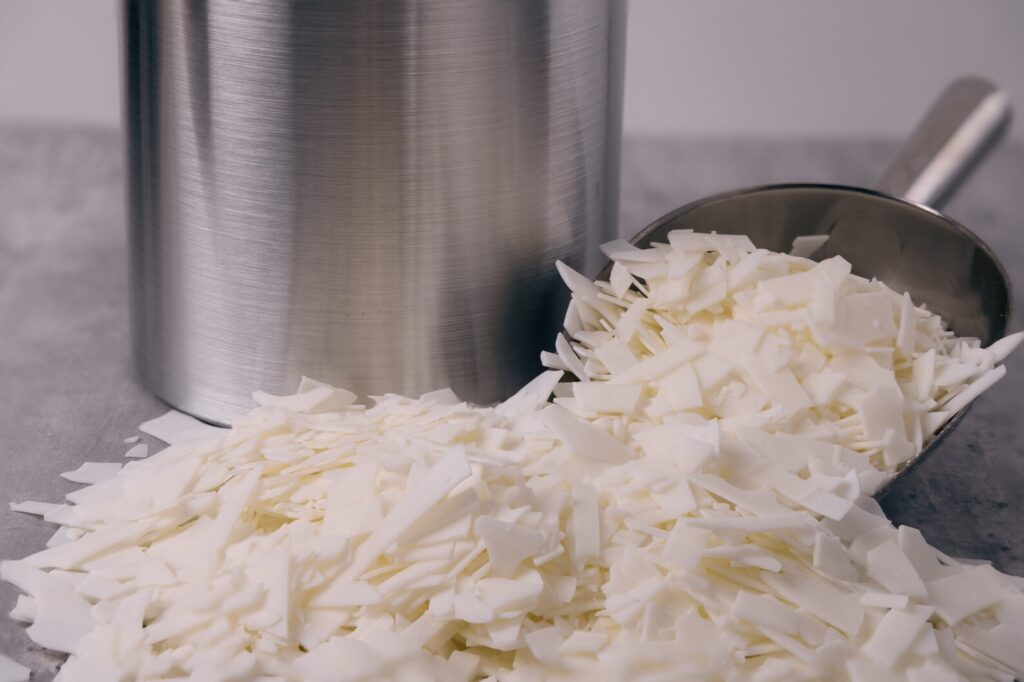
- Beeswax: Celebrated for its natural origins and subtle honey scent, beeswax burns slower and cleaner than many alternatives. It’s perfect for those looking for an eco-friendly option, though it can be more expensive.
Choosing the right wax depends on the type of candle you wish to make, your environmental preferences, and the desired scent throw and burn time.
Wicks and Their Importance
The wick is more than just a thread; it’s the heart of the candle. The right wick ensures an even melt pool and efficient burning. Factors to consider include:
- Size and Type: The diameter of the candle determines the wick size. A wick too small may drown in the wax, while one too large can cause sooting and an uneven burn.
- Material: Cotton, wood, and hemp are common wick materials, each offering different burn characteristics. Cotton is widely used for its consistent burn, while wood wicks provide a crackling sound reminiscent of a fireplace.
- Wick Maintenance: Trimming the wick to the recommended length before each burn can drastically improve the burning process, preventing soot buildup and ensuring a cleaner burn.
Understanding these basic supplies and considerations sets the foundation for successful candle making. As we delve deeper into the artistry and science behind candle crafting, remember that the quality of your supplies is directly reflected in the quality of your candles.
Fragrances and Colours
The selection of fragrance oils and dyes plays a pivotal role in the art of candle making, allowing for endless creativity and personalization. Fragrance oils come in a vast array of scents, from natural essential oils offering therapeutic benefits to synthetic blends that replicate a wide range of aromatic experiences. When selecting fragrances, it’s crucial to choose oils specifically formulated for candles, as they’re designed to disperse throughout the wax safely and effectively without affecting the burn quality.
Similarly, dyes offer the opportunity to match your candle’s appearance to its scent, theme, or even your home décor. Available in liquid, powder, and block forms, these dyes can create a spectrum of colours, from pastel shades to deep, vibrant hues. As with fragrances, it’s important to use dyes that are safe for candle making, ensuring they blend seamlessly with the wax and do not interfere with the burning process.
Containers and Molds
The choice of container or mould can significantly influence the aesthetic and functionality of your candle. Containers come in various materials such as glass, ceramic, metal, and even silicone, each providing a different look and feel. Glass jars are classic and versatile, while metal tins offer durability and portability. When selecting containers, ensure they are heat-resistant to withstand the candle burning process.
Molds, on the other hand, are perfect for creating pillar, votive, and novelty candles. They are available in an array of shapes and sizes, from simple cylinders to intricate designs. Silicone moulds are particularly popular due to their flexibility and ease of use, allowing for easy demoulding without damaging the candle.
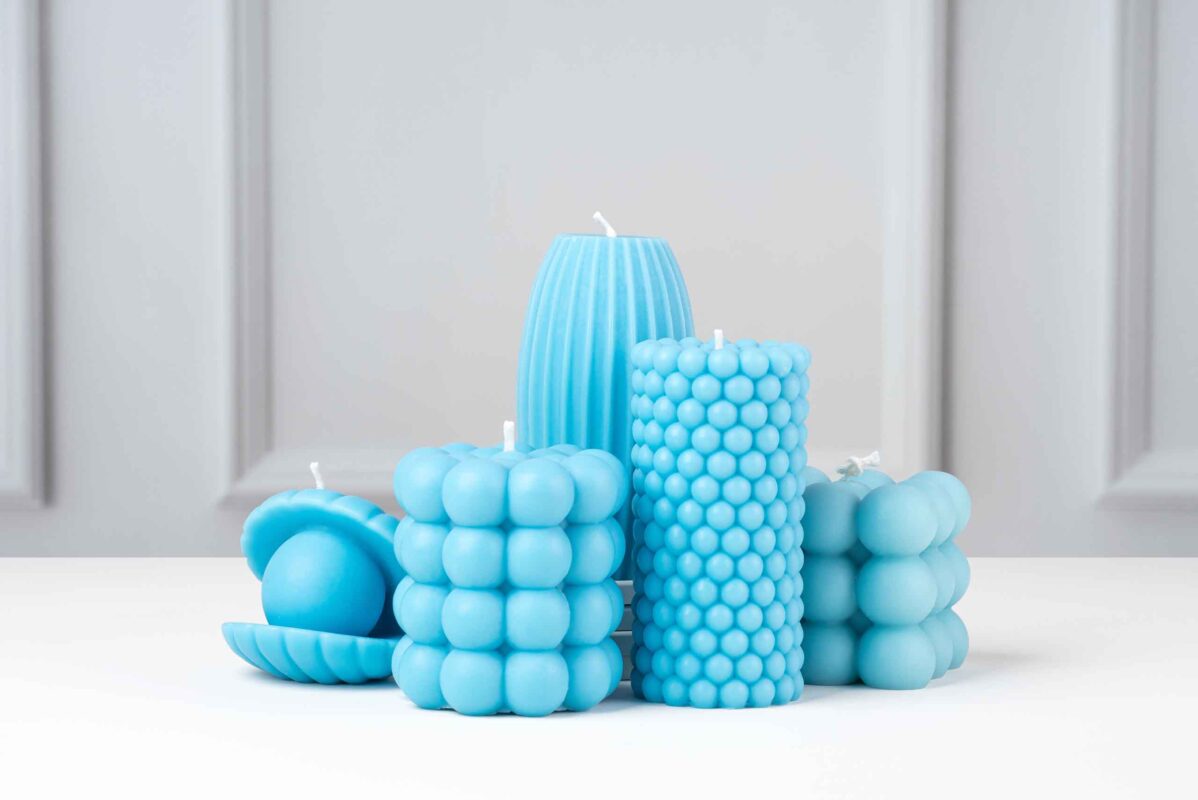
In the UK market, there’s a trend towards eco-friendly and upcycled containers, reflecting a growing interest in sustainability. Mason jars, teacups, and even repurposed wine bottles have become popular choices among candle makers looking for unique and environmentally conscious options.
Advanced Tools and Accessories
While the basics can get you started, advanced tools and accessories can refine the candle-making process and enhance the quality of your candles. A melting pot or double boiler is essential for safely melting the wax, while a thermometer ensures the wax is heated and cooled to the correct temperatures for adding fragrance and pouring. Pouring jugs, with their precise spouts, facilitate a smooth transfer of wax into containers or moulds.
Safety equipment, such as heat-resistant gloves and aprons, protects against spills and burns, making the process safer and more enjoyable. Wick centering tools and Stickums (wick adhesives) are invaluable for securing the wick in place, ensuring it remains centered as the wax solidifies.
Where to Find Candle-Making Supplies in the UK
Sourcing quality candle-making supplies in the UK is easier than ever, with a wealth of options available both in-store and online. Local craft stores often stock a basic range of supplies, while specialized suppliers offer a wider variety, catering to all levels of expertise. Online marketplaces are a convenient option, providing access to a vast selection of supplies from both local and international vendors.
Supporting local UK suppliers not only reduces shipping times and costs but also supports the local economy. Many UK suppliers are committed to offering eco-friendly and sustainable products, aligning with the growing demand for environmentally conscious crafting materials.
Tips for Beginners
For those new to candle making, starting with a beginner’s kit can be a great way to get acquainted with the process. These kits typically include all the essential supplies and instructions to make your first candles. Safety should always be a priority, so ensure your workspace is well-ventilated, free from flammable materials, and equipped with a fire extinguisher.
Online tutorials, forums, and community workshops can be invaluable resources for learning and sharing knowledge. Experimenting with different waxes, fragrances, and colours can also help you discover your personal preferences and style.
Candle making is a rewarding craft that blends creativity with practical skills. With the right supplies and a bit of practice, anyone can create beautiful, fragrant candles that add warmth and light to any space.
Conclusion
Embarking on the candle-making journey opens a world of creativity, allowing you to craft not just candles but personalized pieces of art that reflect your individuality and style. As we’ve explored the essential supplies and tools needed for candle making, it’s clear that the quality of these components is paramount in achieving the best possible results. From the choice of wax and wicks to the selection of fragrance oils, dyes, and containers, each element plays a crucial role in the creation of a candle that not only looks beautiful but also burns effectively and safely.
Candle making is a rewarding endeavour that combines artistic expression with the satisfaction of creating something both functional and aesthetically pleasing. Whether you’re a beginner looking to start a new hobby or an experienced artisan seeking to refine your craft, having the right supplies and knowledge is key to your success.
Call to Action
We’d love to hear from you! Share your candle-making stories, tips, or your go-to UK suppliers in the comments below. Your insights and experiences can inspire and help others in the candle-making community.
For those eager to dive into or continue their candle-making journey, we invite you to check out our website for a curated selection of high-quality candle-making supplies. Our collection is tailored to support your crafting needs, ensuring you have access to the best materials available in the UK. Visit us today and discover everything you need to bring your candle visions to life.
Happy candle making! Let your creativity shine bright, and may your candles light up your spaces with warmth, fragrance, and a touch of personal flair.


